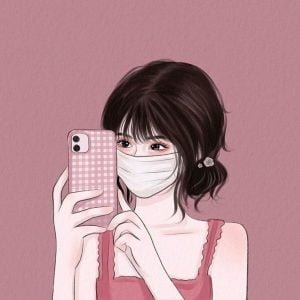Bees are essential for the home garden and the planet. But for people with allergies (or other reasons) who may want to avoid bees, there are natural ways to minimize bees in your home and outdoor areas. From DIY sprays to strategically placed plants, herbs, and spices, here’s how to repel these valuable pollinators without harming them and the environment around you.

Homemade Bee Sprays
Essential Oils
In recent years, a growing body of research has shown that essential oils can naturally repel bees, though scientists also caution that more studies are needed to ultimately determine how toxic to bees these products could be in certain quantities.
Essential oils of ginger, mint, and thyme reduced the time certain species of bees spent in treated areas during one experiment.
In another test of more than 21 essential oils, 17 showed repellency on certain species of yellow jacket and paper wasps, including clove, pennyroyal, lemongrass, ylang-ylang, spearmint, wintergreen, sage, rosemary, lavender, geranium, patchouli, citronella, Roman chamomile, thyme, fennel seed, anise, and peppermint. Two essential oil mixtures, one with clove, geranium, and lemongrass and another with clove, geranium, lemongrass, and rosemary, totally blocked the attraction of vespid workers.
Prior to use, essential oils should be diluted and never applied directly to the skin or to plants/dirt. A cotton ball soaked in an essential oil mixture can be placed in doorposts and windowsills to naturally repel bees from the home, particularly if there are flowering plants near these areas.
Spices
Bees searching for flowers to pollinate are attracted to sweet smells. Hence, folk wisdom has long held that sprays containing the opposite—pungent odors like garlic, cinnamon, and lemongrass—will naturally repel bees. One common method requires an entire head of roasted garlic left in a spray bottle with distilled water, which is later sprayed on and around plants to overpower the smell of nectar. While there is some logic behind this idea, it has not been scientifically validated, so it may be better to focus on essential oil mixtures as a natural deterrent method
Garlic and cinnamon in powder form can also be sprinkled at the base of plants and around the dirt. Be careful not to apply dried spices directly to bees, as that could be harmful (for you and the bee).
Plants That Repel Bees
Bees prefer to pollinate shallow tubular flowers with landing platforms and are generally more attracted to blooms with specific colors. Bees are generally more attracted to purple, blue, and yellow flowers.4
One way to naturally repel bees is to avoid certain types of blooms and opt for other plants. Keeping flowering plants away from open doors and windows also reduces the odds of a bee getting indoors. Here are some types of plants that are less likely to attract bees, while still offering plants for other pollinators.
Night Blooming Plants
Pollinated by nocturnal pollinators such as moths and bats, these plants bloom when bees are less active, lowering the odds of an encounter. Examples include evening primrose, angel’s trumpet, and certain species of lily.
Red and Orange Flowers
While bees are more attracted to plants with purple, blue, and yellow flowers, birds and butterflies are attracted to red, orange, and yellow. So, focusing on plants that bloom in red and orange could be good for birds, and less attractive to bees.
Plants With Dull Green or Brown Flowers
Plants with these flowers are generally pollinated by flies, beetles, moths, and bats, and are less likely to attract bees. Examples include certain species of carnation, zinnia, and hydrangea
Trees and Ornamental Grasses
Bees typically avoid plants without flowers, meaning any type of non-flowering tree, like oak, birch pine, or hemlock, shouldn’t attract bees.


